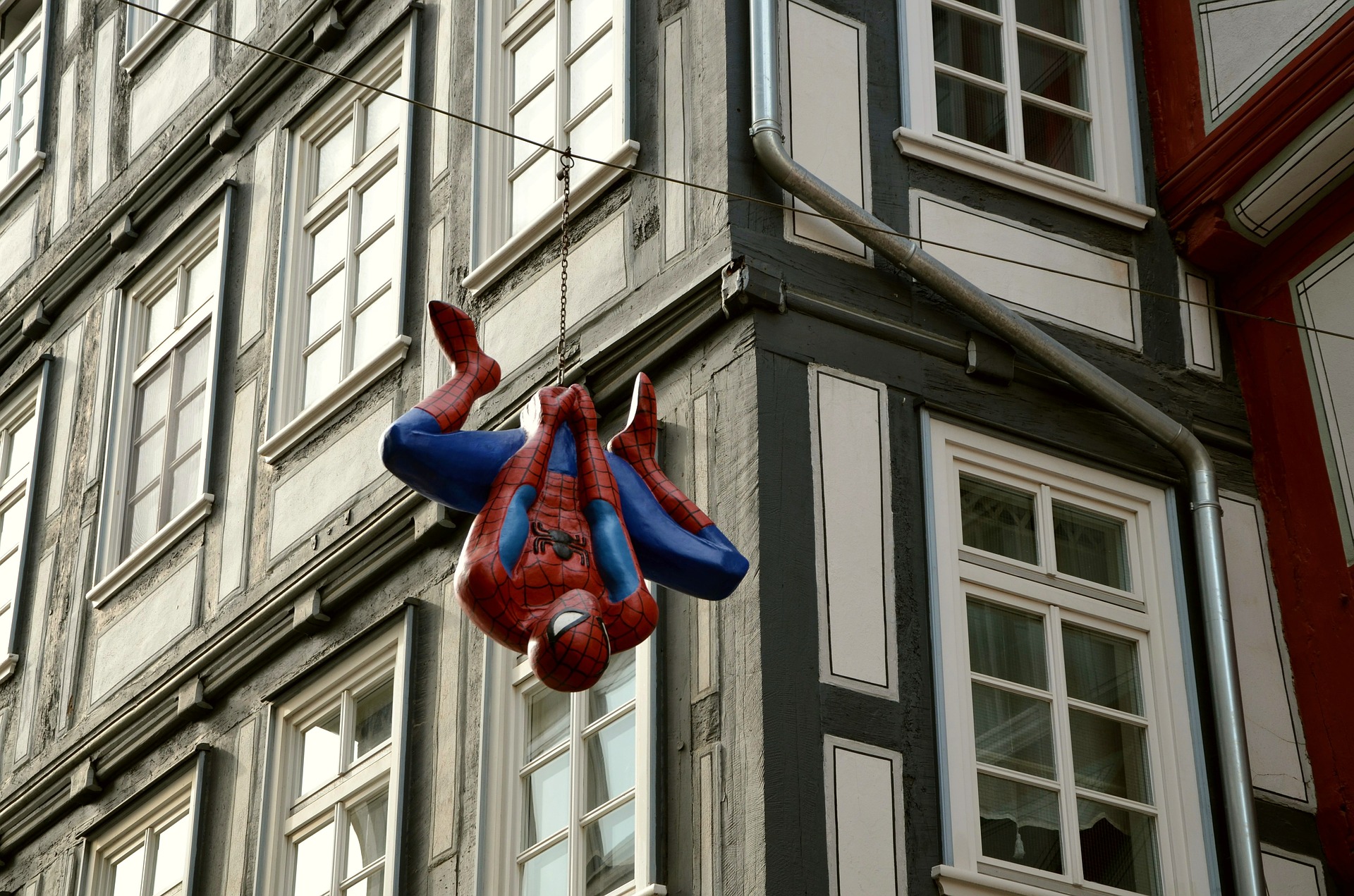“Spider-Man: Far from Home,” starring Tom Holland as teenage queens Peter Parker, quickly interweaves the major events that crowned the “Avengers” cycle – the mass obliteration of half of humanity and half of the Avengers, in “Infinity War,” and the return of those victims who found (probably final) death in other heroes, in “Endgame” – with the conventional high school life Peter leads when he’s not Spider-Man. “Far from Home” is a stark and trendy distinction between material realities and manufactured media images. Made as if in response to the prevalence of fake news and insidious propaganda, the film relies on a kind of informative virtue signaling that boasts its own cynical self-promotion.
Review of Spider-Man: Far From Home
This false modesty hides the colossal success of the Marvel series in the claim that an image, however fabricated or illusory, does not in itself constitute reality for some subset of its viewers. (The details of this very film, for that matter, are reported and discussed more extensively than any recent documentary.) In order for Marvel moguls not to doubt the reality of their own delusions, they should imagine the outcry that would result from repudiating the details of previous Marvel films or canonical characters.
Rather, “Far from Home” follows the dictates of the series with a solemn, pharisaic rigidity, chasing the didactic simplicity of its heroic scenes on a few snappy comebacks to distract from the blockchain drama. In the process, the film doesn’t bother to establish its own ground rules of reality or truth. There are no clear premises for the fights, nor any sense of what may prove lethal or disabling.
Peter participates in numerous action scenes, in the course of which he takes part in falls that would result in broken bones and organs for mere mortals. Although, underneath his suit, he too is a vulnerable human being whose vulnerability is always overshadowed by the jokey imagery, such as when he is hit by a speeding train and, though knocked out, wakes up slightly bruised in a small-town cell in the Netherlands, brought there as if in a drunken tank instead of a hospital bed. There is no sense of physical danger to the film’s characters, yet in places like Venice, Prague, and London, the powerful scenes of large-scale urban destruction imply a gory trail of bodies that the film dares not deliver or even hint at. The stakes remain theoretical; the superheroic violence remains entertaining.
The apparent virtuosity of the computer-generated fantasies of “Spider-Man: Far from Home” is foregrounded in the mild seriousness with which it looks at school life and adolescent characters. As malevolent delusions go, the film’s sanitized emptying of childhood and adolescence is a piece with a general infantilization of the imagination through the rigid and narrow super spectacles that superhero movies have become. There’s a sharp moment of comedy when the jealous Peter tells Edith to launch a drone strike at a muscular, crooked classmate named Brad (Remy Hii), who is also courting M.J., but it’s the only time any semblance of loose emotion breaks through, and it’s quickly suppressed.
The film’s cast
The cast of actors offers a welcome ethnic diversity that, however, is no better developed than that of previous Benetton commercials; the film’s characters have little life beyond what moves the action forward, little personality beyond the traits that lead to the few simple strands of sentimental happy endings. Aside from the superheroic overlay, the depth of characterization and imaginative breadth of the film’s social relationships (as well as the placement of American characters in European contexts) could have been borrowed directly from the Disney playbook of decades past, particularly “The Lizzie McGuire Movie,” which reveled more from its European settings and reflects the genuine modesty of its awkward, self-deprecating teen humor.
As for the all-important Fourth of July cinematic action scenes – the apparent C.G.I. – they could have used the help of a diabolical illusionist, because the benevolent, who made the film, created fight scenes of fungible agitation, without much visual wit, structure or compositional thought. As for the evil illusions themselves, I’m in agreement with the cinematic approach by numbers of the entire film. Norman Mailer’s observation that the only characters novelists can’t create are novelists better than themselves comes to mind.





